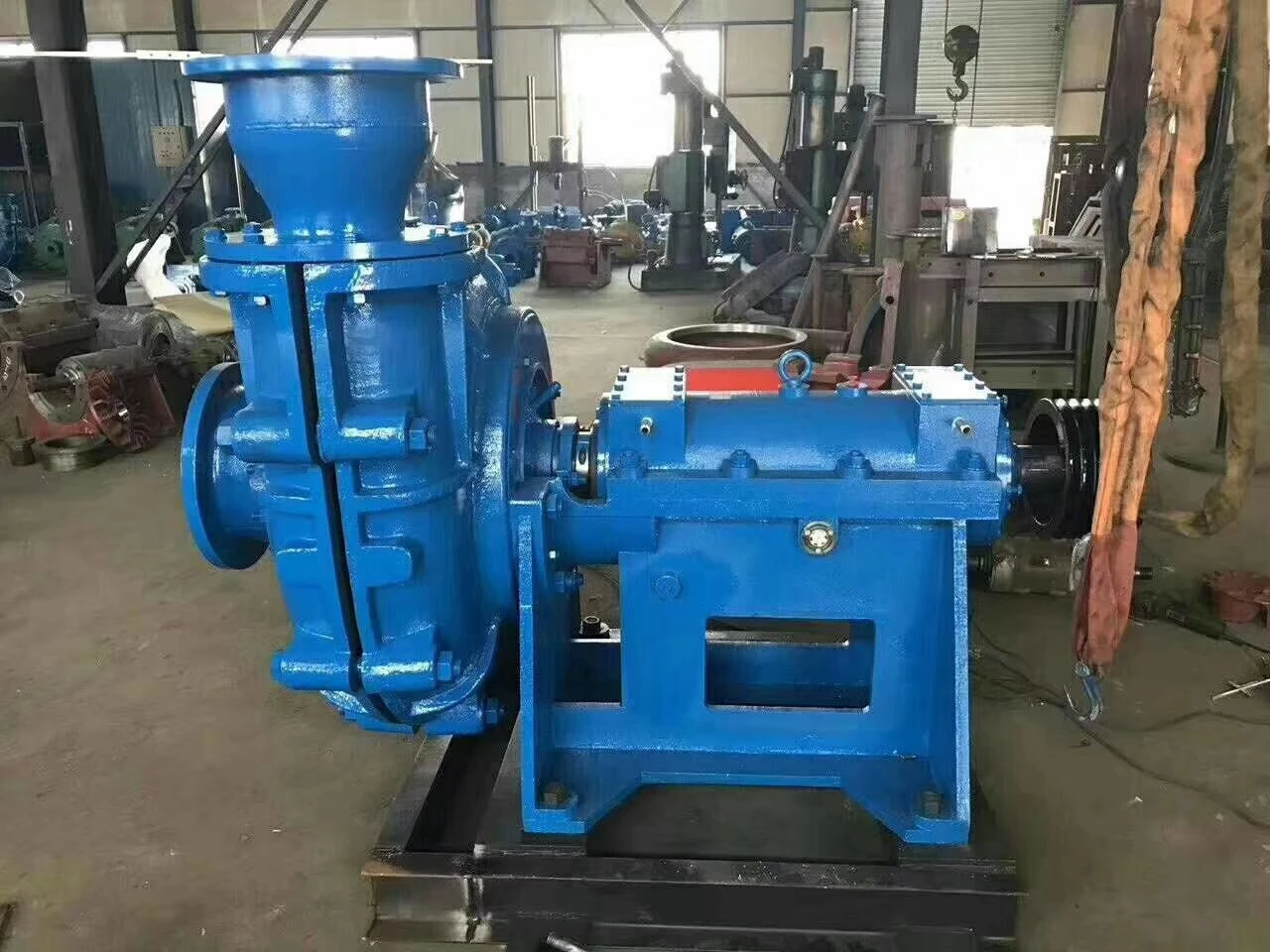Yiddish
- Afrikaans
- Albanian
- Amharic
- Arabic
- Armenian
- Azerbaijani
- Basque
- Belarusian
- Bengali
- Bosnian
- Bulgarian
- Catalan
- Cebuano
- Corsican
- Croatian
- Czech
- Danish
- Dutch
- English
- Esperanto
- Estonian
- Finnish
- French
- Frisian
- Galician
- Georgian
- German
- Greek
- Gujarati
- Haitian Creole
- hausa
- hawaiian
- Hebrew
- Hindi
- Miao
- Hungarian
- Icelandic
- igbo
- Indonesian
- irish
- Italian
- Japanese
- Javanese
- Kannada
- kazakh
- Khmer
- Rwandese
- Korean
- Kurdish
- Kyrgyz
- Lao
- Latin
- Latvian
- Lithuanian
- Luxembourgish
- Macedonian
- Malgashi
- Malay
- Malayalam
- Maltese
- Maori
- Marathi
- Mongolian
- Myanmar
- Nepali
- Norwegian
- Norwegian
- Occitan
- Pashto
- Persian
- Polish
- Portuguese
- Punjabi
- Romanian
- Russian
- Samoan
- Scottish Gaelic
- Serbian
- Sesotho
- Shona
- Sindhi
- Sinhala
- Slovak
- Slovenian
- Somali
- Spanish
- Sundanese
- Swahili
- Swedish
- Tagalog
- Tajik
- Tamil
- Tatar
- Telugu
- Thai
- Turkish
- Turkmen
- Ukrainian
- Urdu
- Uighur
- Uzbek
- Vietnamese
- Welsh
- Bantu
- Yiddish
- Yoruba
- Zulu
Telephone: +86 13120555503
Email: frank@cypump.com
Dec . 07, 2024 16:05 Back to list
Choosing the Right Pump for Efficient Mining Slurry Transportation and Management
Understanding Mining Slurry Pumps Essential Components for Efficient Mineral Processing
Mining is a cornerstone of global industrial activity, providing essential raw materials for a multitude of sectors. Among the various processes in mining, the transportation of slurry—mixtures of water and finely ground minerals—plays a critical role. Central to this transport is the mining slurry pump, a specialized piece of equipment designed to handle the challenges presented by abrasive and viscous slurry mixtures.
The Importance of Slurry Pumps in Mining
Mining slurry pumps are vital for efficiently moving slurry, which can contain solids, liquids, and gases. They are predominantly used in mineral processing operations, where they transport mined materials from one point of processing to another. These pumps are engineered to manage the unique challenges associated with slurries, including their abrasive nature, the varying density of materials, and the need for reliable operation in demanding environments.
Without a reliable slurry pumping system, mines would face significant delays and increased operational costs. For instance, the failure of a slurry pump can halt production, leading to lost revenue and wasted resources. Therefore, understanding the functionality, design, and maintenance of these pumps is crucial for mining operations aiming for maximum efficiency and productivity.
Types of Mining Slurry Pumps
There are primarily two categories of mining slurry pumps centrifugal and positive displacement pumps.
1. Centrifugal Slurry Pumps These pumps are the most commonly used type in mining applications. They work on the principle of centrifugal force, where the rotational energy from the impeller is converted into kinetic energy, which then moves the slurry through the pump. Centrifugal pumps are favored for their efficiency in moving large volumes of slurry with lower concentrations of solids.
2. Positive Displacement Pumps This type of pump is utilized when handling high solid concentrations or when a precise volume of slurry must be moved. Positive displacement pumps work by trapping a fixed volume of slurry and forcing it through the discharge pipe. They are generally more robust and can handle higher viscosity materials compared to centrifugal pumps.
mining slurry pump

Key Features and Considerations
When selecting a mining slurry pump, several characteristics should be evaluated
- Material Construction Given the abrasive nature of slurry in mining applications, the materials used in the pump's construction are critical. Common materials include high-chrome alloys, rubber linings, and ceramic coatings, which enhance durability and extend the pump’s operational lifespan.
- Pump Size and Capacity The size of the pump must match the specific requirements of the mining operation. Factors such as the flow rate, head (the height the slurry needs to be pumped), and the size of the solid particles are crucial.
- Maintenance and Serviceability Regular maintenance is essential for the reliable operation of slurry pumps. Design features that facilitate easy access to components for cleaning, inspection, and repairs can significantly reduce downtime.
- Efficiency and Energy Consumption A pump that operates efficiently not only improves productivity but also reduces energy costs, important in today’s environmentally conscious mining environment.
Conclusion
Mining slurry pumps are indispensable in the mining industry, ensuring the effective transport of slurry for mineral processing. Understanding their operation, types, and key features allows mining operators to select the right equipment, ensuring efficient production and minimizing costs. As mining practices continue to evolve, the development of advanced slurry pump technologies will further enhance operational efficiency, contributing to more sustainable and profitable mining operations. By investing in the right slurry pumping solutions, mining companies can maintain a competitive edge in an increasingly challenging marketplace.
-
Heavy-Duty Mining Sludge Pumps - Wear-Resistant Slurry Handling
NewsAug.02,2025
-
Horizontal Split Case Pump with GPT-4 Turbo | High Efficiency
NewsAug.01,2025
-
ISG Series Pipeline Pump - Chi Yuan Pumps | High Efficiency, Durable Design
NewsAug.01,2025
-
Advanced Flue Gas Desulfurization Pump with GPT-4 Turbo | Durable & Efficient
NewsJul.31,2025
-
ISG Series Vertical Pipeline Pump - Chi Yuan Pumps | Advanced Hydraulic Design&Durable Construction
NewsJul.31,2025
-
ISG Series Vertical Pipeline Pump - Chi Yuan Pumps | Energy Efficient & Low Noise
NewsJul.31,2025










